I was quite intrigued by the WebP image encoding scheme created by Google, and based on the idea of a single-frame WebM movie. I performed some initial tests during initial release, and found it to be good but probably not groundbreaking. But I recently had the opportunity to read a blog post by Charles Bloom with some extensive tests, that showed that WebP was clearly on a par with a good Jpeg implementation on medium and high bitrates, but substantially better for small bitrates or constrained encodings. Another well executed test is linked there, and provide a good comparison between WebP, Jpeg and Jpeg2000, that again shows that WebP shines – really – in low bitrate condition. So, I decided to see if it was true, took some photos out of my trusted Nokia N97 and tried to convert them in a sensible way. Before flaming me about the fact that the images were not in raw format: I know it, thank you. My objective is not to perform a perfect test, but to verify Google assumptions that WebP can be used to reduce the bandwidth consumed by traditional, already encoded images while preserving most of the visual quality. This is not a quality comparison, but a “field test” to see if the technology works as described. The process I used is simple: I took some photos (I know, I am not a photographer…) selected for a mix of detail and low gradient areas; compressed them to 5% using GIMP with all Jpeg optimization enabled, took notice of size, then encoded the same source image with the WebP cwebp encoder without any parameter twiddling using the “-size” command line to match the size of the compressed Jpeg file. The WebP image was then decoded as PNG. The full set was uploaded to Flickr here, and here are some of the results:
Photo: Congress Centre, Berlin. Top: original Jpeg. middle: 5% Jpeg. Bottom: WebP at same Jpeg size.
Photo: LinuxNacht Berlin. Top: original Jpeg. middle: 5% Jpeg. Bottom: WebP at same Jpeg size.
Saltzburg castle. Top: original Jpeg. middle: 5% Jpeg. Bottom: WebP at same Jpeg size.
Venice. Top: original Jpeg. middle: 5% Jpeg. Bottom: WebP at same Jpeg size.
There is an obvious conclusion: at small file sizes, WebP handily beats Jpeg (and a good Jpeg encoder, the libjpeg-based one used by GIMP) by a large margin. Using a jpeg recompressor and repacker it is possible to even a little bit the results, but only marginally. With some test materials, like cartoons and anime, the advantage increases substantially. I can safely say that, given these results, WebP is a quite effective low-bitrate encoder, with substantial size advantages over Jpeg.
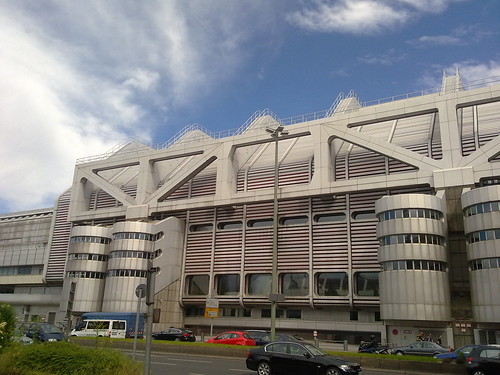
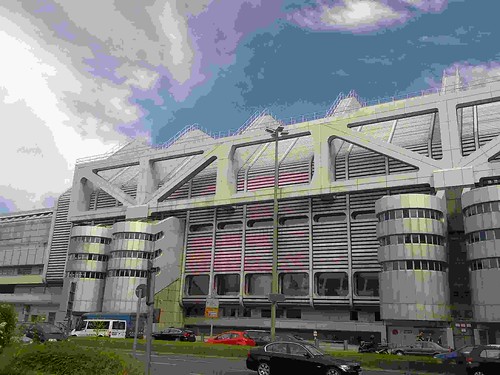
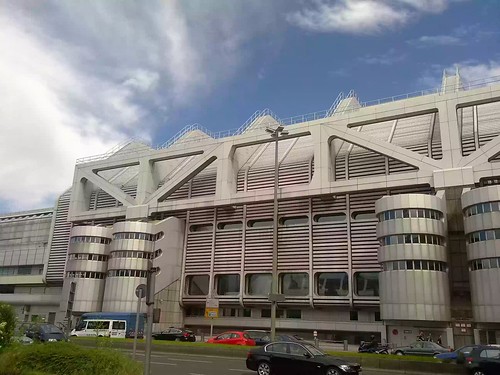
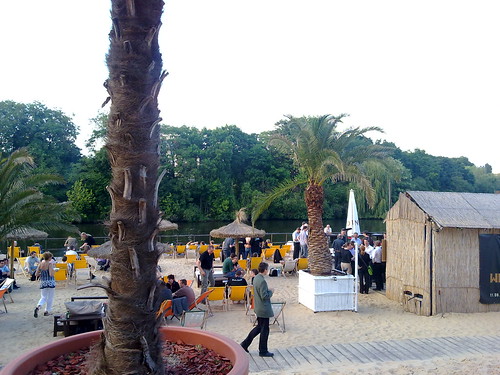
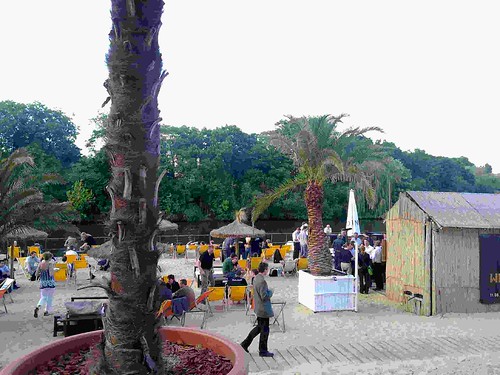
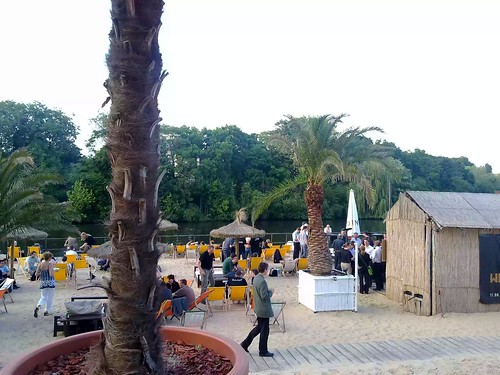
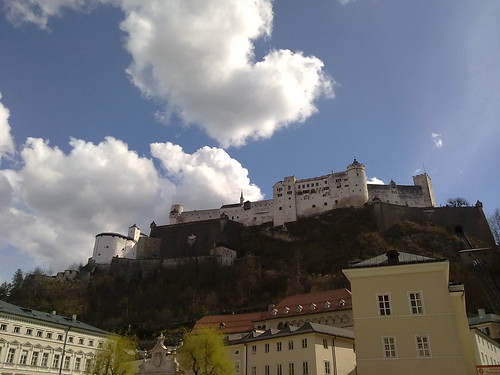
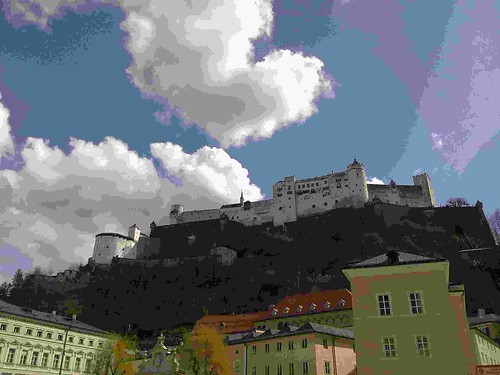
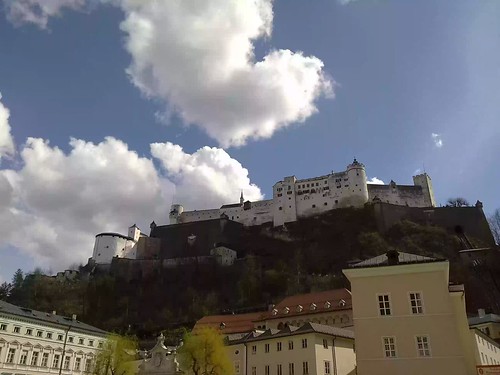
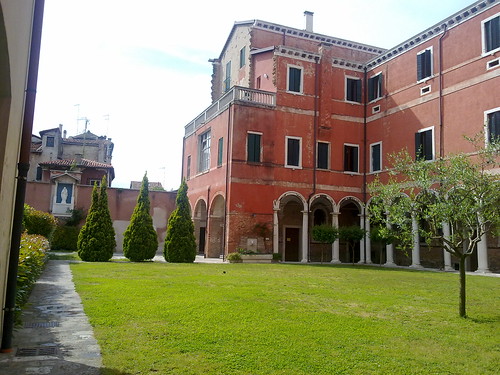
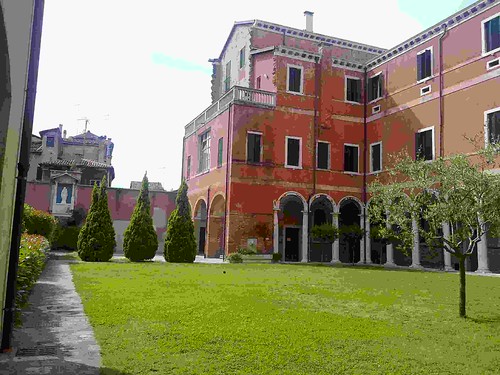
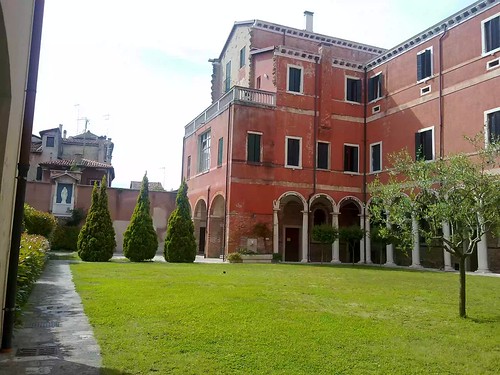
#1 by kidjan - July 16th, 2011 at 22:47
I wouldn’t say libjpeg is “good”; I’d only describe it as “not bad.” The bottom line is it hasn’t been updated in over a decade, and some of the techniques they use are questionable at best (the static quantization tables, the scaling methods of the quantization tables, not using arithmetic encoding, etc.). Arithmetic encoding alone actually completely erases the low bitrate advantage held by WebP.
In short, JPEG could be _much_ better than it is today–I think the encoder implementations that are available in open source aren’t that inspiring.